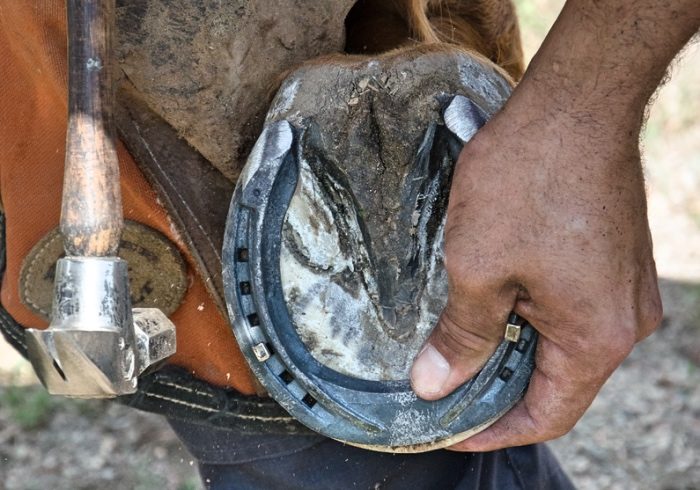Take a horse that is shod all around. Its owner shops around and finds a farrier with 5 years experience charging $100 vs. a 40-year farrier charging $200. The latter is obviously more expensive in dollars spent, but did the client consider how experience affects pricing?
Dave Werkiser of Stone Dragon Forge in West Chester, Pa., says the younger farrier costs $20 per year of experience, but the older farrier is paid $5 per year of experience.
“You must have confidence in yourself and tell yourself that your experience is worth it,” explains Werkiser. “This is difficult when starting out, but there comes a point in which you have to raise your prices.”
Werkiser charges every new client more than established clients, even if boarding at the same barn. If the new client questions this, Werkiser explains this is the benefit of being a loyal client. For him, the best time to increase the rate for new clients is during summertime because it is the period of high demand and more work.
Learn More
- Your Costs Help Determine the Prices You Set: There are differences in how every farrier approaches his or her business. Still, the most common and effective way to manage the finances of a farrier business remains knowing what it costs to shoe a horse.
- Price Strategies for New and Reset Horseshoes: Analyze your business and clientele to choose the best practice.
- Explaining Your Expenses Can Educate Clients about Footcare Costs: To build loyal customers, look for opportunities to educate your clients about footcare. This proves important when encountering clients who question the amount they pay for footcare. Rather than getting defensive, I like to provide insight.








